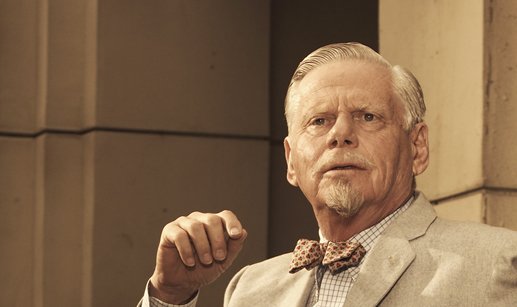There are such things as bad ideas.
I was recently forwarded an Upworthy video entitled “Why Brainstorming Is A No-Good Very Bad Thing That We Should All Stop Doing Immediately” which struck me as a pretty negative title for an Upworthy article.
The Royal Society for the encouragement of Arts (The RSA) produced the video and it features the thinking and voice of Jonah Lehrer. Yes, the same Jonah Lehrer who was caught self-plagiarizing himself for several blog posts he wrote for the New Yorker. Ironically, this video appears to be a self-plagiarisation…sorry, I mean summary of piece he wrote for the New Yorker way back in January of 2012 called “Die Brainstorming Die” (That’s a lie, it’s actually called “Groupthink” which just doesn’t have the same vigor as Upworthy’s title)
Mr. Lehrer’s argues that brainstorming isn’t effective. His argument hinges on classic brainstorming rules forbidding criticism and debate. He points to a number of studies that have shown that individual idea generation and collaboration allowing debate and criticism produce better results. The problem with the video and the piece is that it's based on an antiquated model of brainstorming that few people still follow verbatim.
Advertising executive Alex F. Osborn introduced us to “brainstorming” in a 1948 book called “Your Creative Power.” It was based off of creative problem solving techniques he had begun developing as early as 1939. That’s a generation before Mad Men. If 1960s Sterling Cooper is any indication of things, 1939 Madison Avenue must have had the sensitivity of a Klan meeting. Rules forbidding judgment meant something very different and had a different level of necessity than in the modern working environment.
"Stop judging me!"
Things have changed a lot since the 1940s, the bombs got bigger, the phones got smaller, and brainstorming has become a catch-all term for any group creative problem solving. I don’t think I’ve ever been in a professional brainstorming session that followed Mr. Osborn’s original guidelines to the letter. The times are different. The creative problems we’re being asked to solve are more complicated and we’ve been given less time to solve them. As a result, we rarely have the luxury of collaborating without making some initial judgment about the ideas being generated. That doesn’t mean being a jerk. An open and respectful environment is necessary for brainstorming to be successful but most HR managers would argue that it's important for the work environment as a whole.
Another creative process that forbids judgment is improvisational theater. One of the main principles of improv is “yes, and…” Improv troupes are rarely given comedic gold to start from. Drunken college students and the homeless people who sneak into the theater for warmth and cheap beer are rarely the generators of great ideas. Nonetheless, skilled improv actors take those ideas and add to them to make them better by adding to them. You make a mediocre idea better through addition as opposed to denial. But the emphasis is on skilled. I’ve sat through a lot of bad improv shows (I’ve been partly responsible some) but I’ve also seen some brilliant improv shows. I can tell you that some improv actors are better than others but what most improv actors have in common is some level of training and experience in the process. Their butts are also the ones on the line. They're the ones who have to put up with the results if things start to bomb.
One of the principles that most bothers me about Mr. Osborn’s classic rules isn’t the forbidding of judgment but insistence that the session should involve both experts and novices. It’s silly to expect people who have nothing invested in the project, no background on the challenge and no experience in creative problem solving to generate good ideas.
So here are the Irons rules for a good brainstorm:
- Be invested – Participants should actually have skin in the game. They should either be involved in executing the ideas or responsible for the outcome of the project in some way.
- Be prepared – Participants should have some knowledge of the project beforehand and should have given the challenge some thought before the meeting.
- Don’t be an asshole – Participants should be allowed to question, push and add to the ideas of others but it should be done in a respectful manner.
Thumbnail image by Jeff Youngstrom (Creative Commons)
